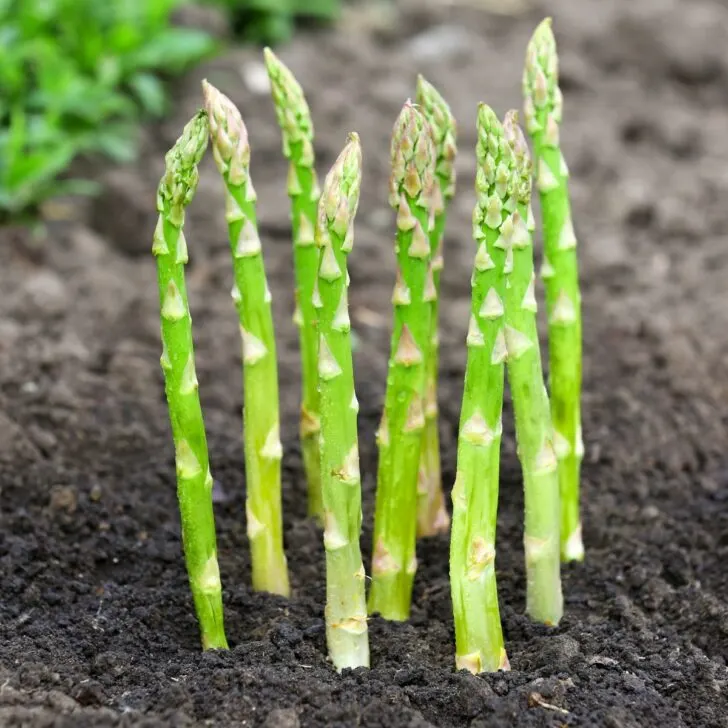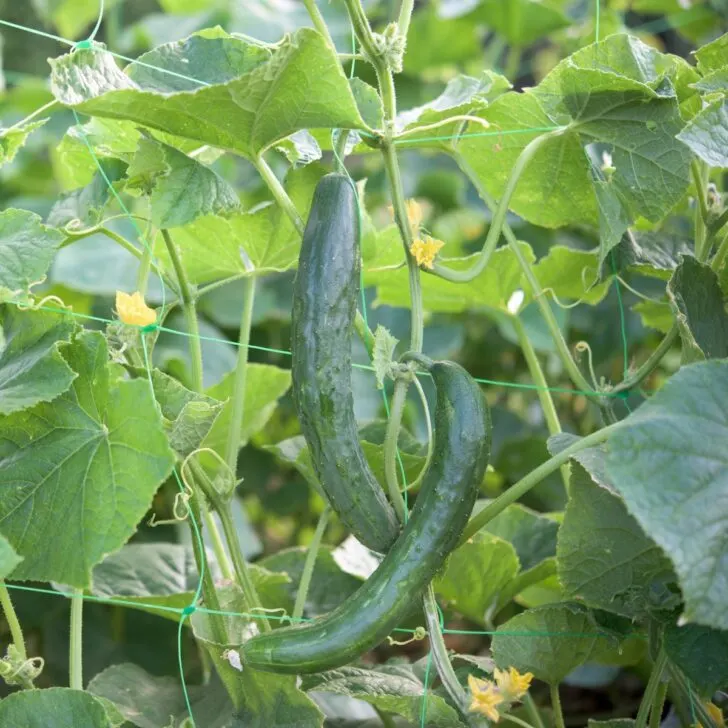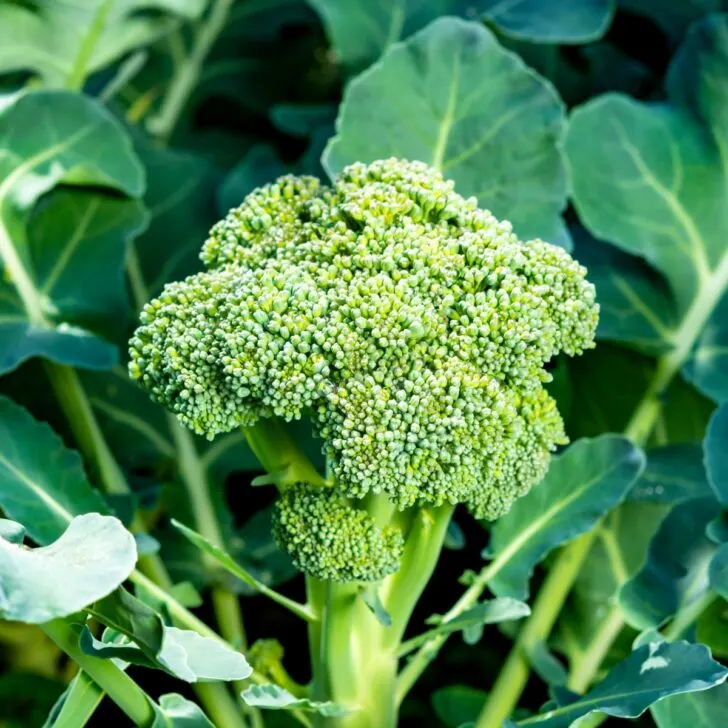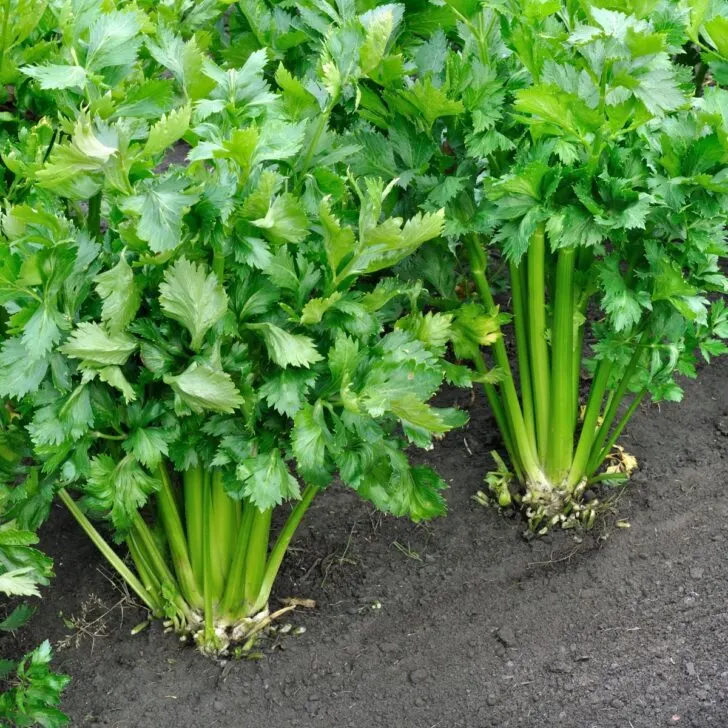Discover how to grow peppers from seed with our easy guide! Unleash your green thumb and enjoy a spicy harvest in no time. 🌱🌶️

Pepper plants thrive in hot weather, producing a variety of tasty fruits, from sweet bell peppers to hot jalapenos, savory padrones, and flavorful pepperoncini. With the right care, you can grow armloads of peppers for drying, freezing, pickling, and eating fresh.
Peppers are relatively easy to grow as long as you prepare in advance. Start the seeds 8-10 weeks before your last frost date, and plan to plant them where they'll receive a minimum of 6 to 8 hours of full sun daily.
Pepper plants are relatively small, so you don’t need a lot of garden space, and there are some varieties that can be grown in containers. So whether you enjoy them hot, spicy or sweet, you'll be sure to find the right pepper plant for you! Let's get growing!
This post contains affiliate links for your convenience. Purchases made through these links may earn me a small commission at no additional cost to you.
Pepper Cultivars
Peppers come in five subtypes, Capsicum annuum, Capsicum baccatum, Capsicum frutescens, Capsicum pubescens, and Capsicum chinense, with over 4,000 named cultivars within these types, each one with a unique flavor and culinary profile.
All pepper fruit starts green and turns red, orange, brown, or purple when fully mature, but many people prefer immature green peppers, such as bell peppers and jalapenos. The hot flavor in some peppers comes from capsaicinoids, which are ranked by spiciness on the Scoville scale.

Here’s a sample of pepper varieties that you can grow from seed:
- ‘Gypsy’ is a hybrid sweet pepper with fruits that mature from yellow to orange to red, that are delicious grilled, fried, stuffed, and raw.
- ‘Jimmy Nardelo’ is an heirloom sweet pepper with long, narrow fruits and a brilliant flavor that’s fantastic for pan frying and grilling.
- ‘Red Bell’ is a large, extra-sweet bell that quickly matures to a bright red.
- ‘California Wonder’ is an heirloom, classic-shaped bell pepper usually picked green, great for stuffed peppers and salads.
- ‘Jalapeno’ are medium hot peppers, excellent for stuffing and salsa. Each plant produces 30 to 40 peppers.
Growing Peppers from Seed
One of my family's favorite dishes is made with a sauce that uses both jalapenos and serranos, so those are the peppers I'm growing from seed this year. I'm looking forward to picking a few off the plant when it's time to cook dinner instead of running to the store!

You can direct sow pepper seeds in warm regions, but in most cases, it’s best to start them indoors in flats or trays. Heat mats are highly beneficial for getting pepper seeds to germinate because they need an even temperature of 70 to 80°F to sprout.

Start seeds in February through April, 8 to 10 weeks before the last frost date for your area. Starting peppers in trays and then transferring them into bigger pots before finally planting them in the garden can keep the plants growing at a consistent rate.
Sow one or two seeds per cell in clean seed trays, small peat pots, or an open soil flat 2 inches apart and ¼ inch deep. Use a good-quality seed starting mix to minimize loss from damping off and other soil diseases.
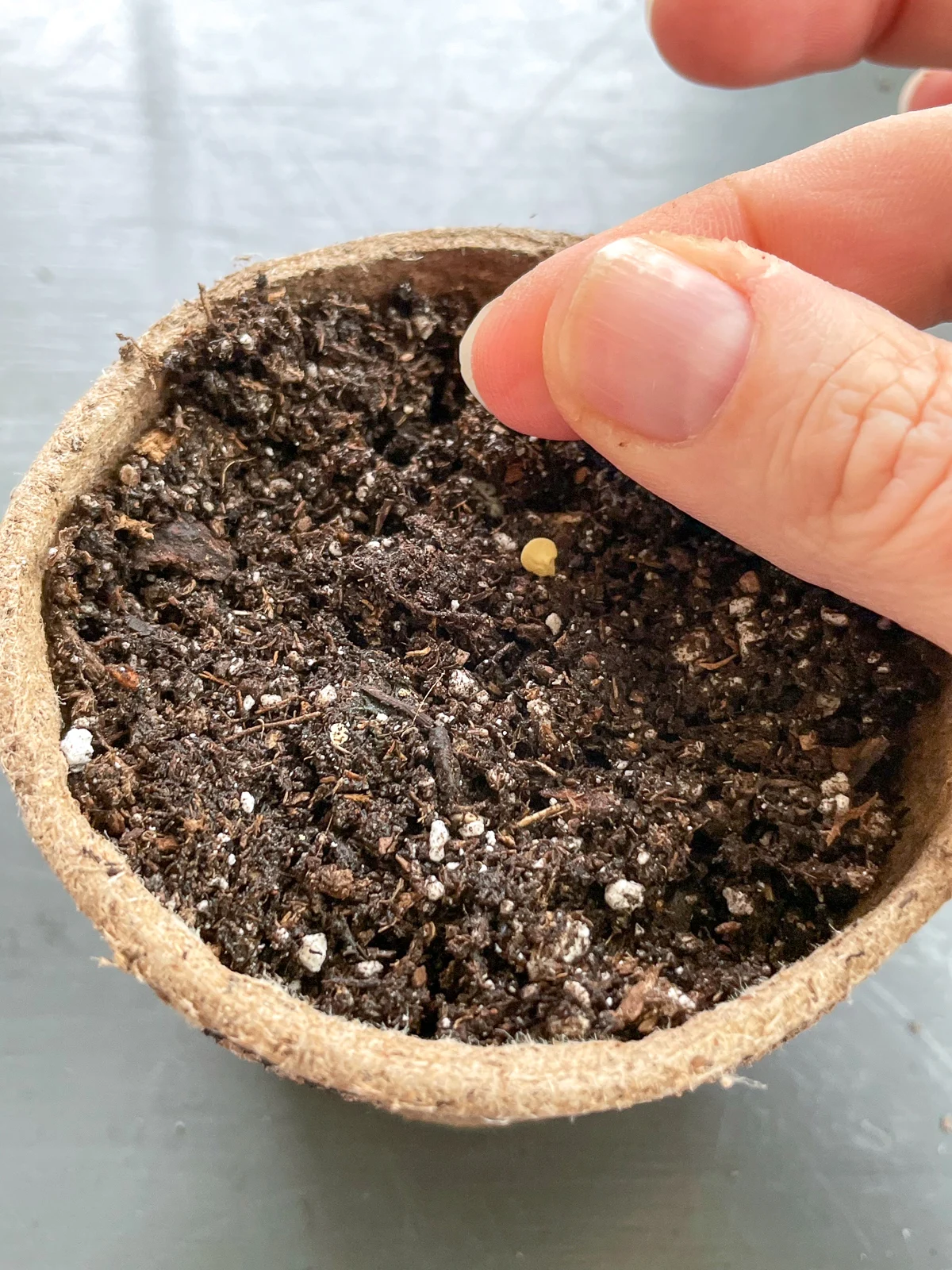
Keep the tray in bright sunlight or an artificial grow light during the day, and keep the soil evenly moist and warm. Depending on the cultivar and growing conditions, pepper seeds germinate in 5 to 21 days.
Pot the plants up to larger containers at about six weeks unless the weather is warm enough to plant them outdoors. Before transplanting peppers outdoors, harden them off for a week or so.
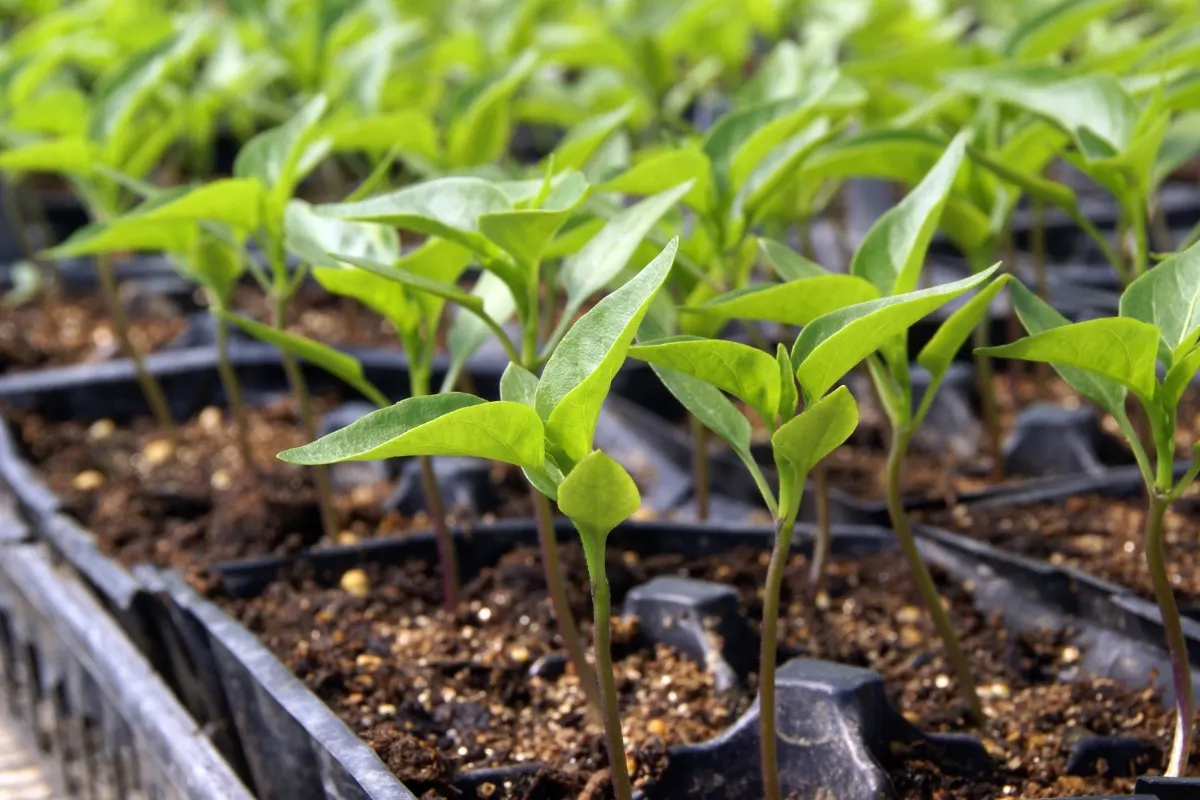
Planting and Growing Peppers in the Garden
Peppers grow best when outdoor temperatures are between 70 and 90°F during the day and above 50°F at night. It’s best to nurture the plants under a grow light or in a greenhouse for a few extra weeks rather than plant them out too soon.
Prepare the soil by digging or tilling it deeply and adding compost or aged manure for organic matter. Peppers like a pH of 6.2 to 7 and an inexpensive pH kit can help determine if your levels need adjustment.
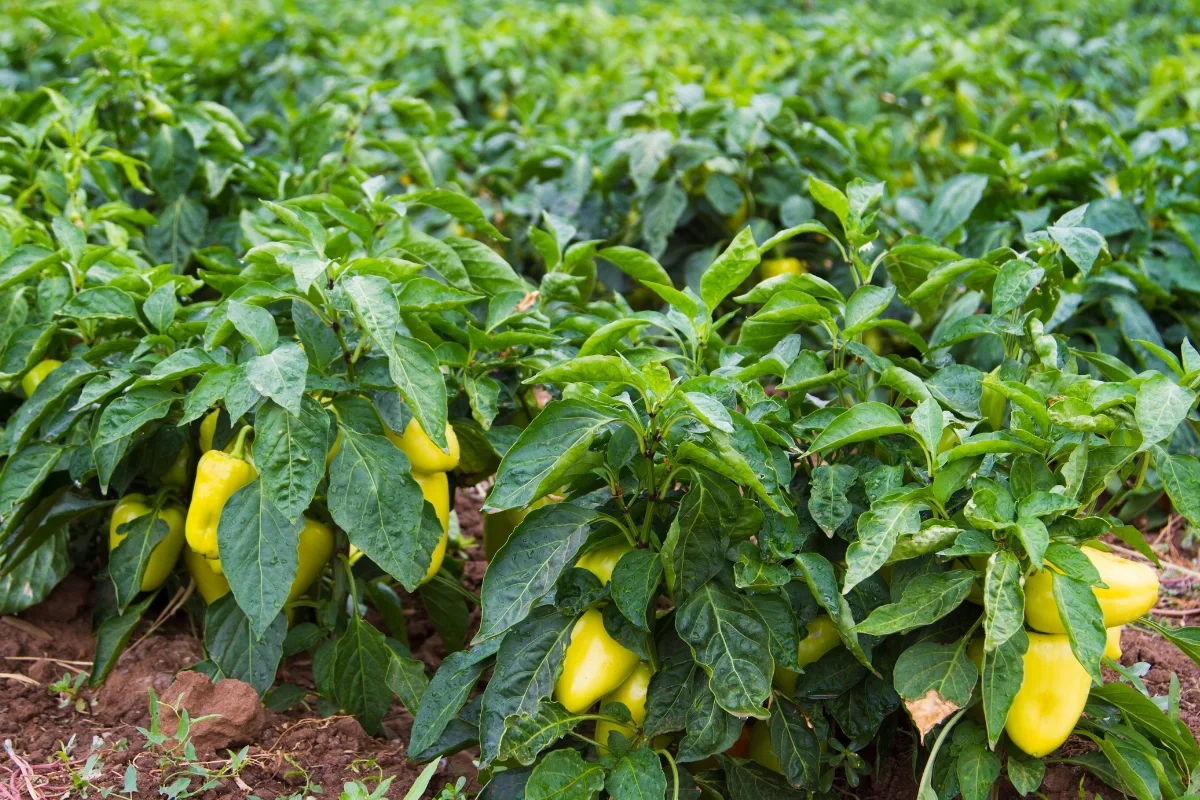
Consider planting peppers into holes in a black plastic mulch to keep the soil moist and reduce weeds. You can lay the plastic down a couple of weeks ahead of time to knock down weeds and warm the earth. Organic mulch can also be applied after planting.
Examine the transplants and plant ones with at least six leaves and no signs of wilting or pest infestation. Wherever possible, choose plants without flowers or fruits when transplanting, or pick off the flowers and fruits before planting. This will encourage the plant to focus on developing strong roots in its new spot, rather than fruit.

Space plants 16 to 24 inches apart, depending on the size of the mature plant. Peppers thrive when planted in a block of several rows because it retains moisture and provides shade. Set the transplants into the soil at the same depth they are in the pots.
Caring for Pepper Plants
Watering
Pepper plants do best with evenly moist but not soggy soil, and inconsistent irrigation can cause blossom end rot in the fruits. Soaker hose and drip irrigation work well to keep the ground at the optimum soil moisture. Applying mulch after the soil warms helps retain moisture and keep weeds down.

Fertilizer
Peppers need moderate fertilizing as they grow. Use a bi-weekly application of fish emulsion, compost or a 12-10-5 granular fertilizer every two weeks until fruits appear. However, avoid too much fertilizer, or it can damage the foliage.
Pests and Diseases
Pepper plants often have the same pest and disease problems as their relations, tomatoes, eggplants, and potatoes. Therefore, avoid growing these crops in succession or in the same spot for three or four years, and rotate your pepper crop to a new garden area.
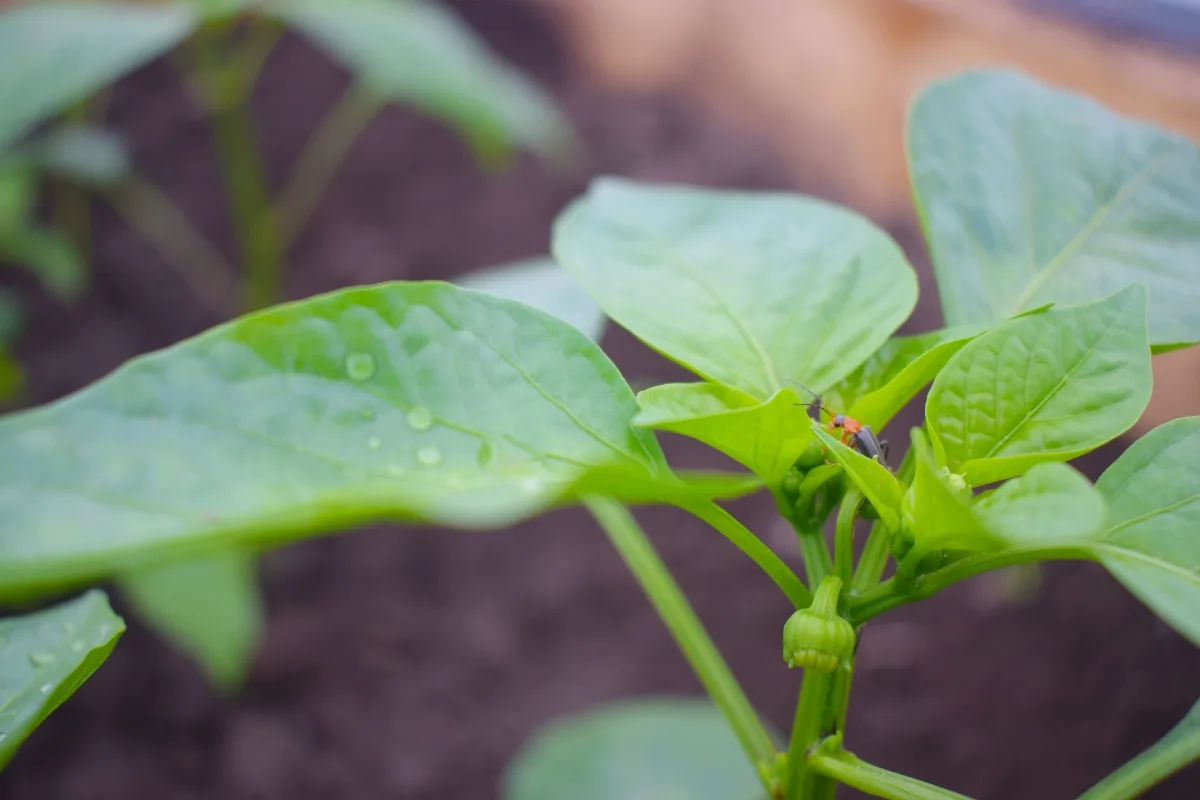
Peppers are prone to wilt diseases, especially young seedlings. To avoid this, start seeds in a sterile seed starting mix, and don’t let the soil get waterlogged. In addition, aphids, thrips, mites, and other pests, sometimes bother pepper plants. You can control these pests by hand removal, insecticidal soap, or a strong water jet from a hose.
Harvesting
Peppers are typically ready for harvest 60-90 days after transplanting, depending on the variety. To determine if your peppers are ripe, pay attention to their color, size, and firmness.
Most peppers start off green and gradually change color as they ripen. Some common colors include yellow, orange, red, and even purple. However, keep in mind that some peppers are meant to be harvested while still green, such as jalapeños and certain types of bell peppers.
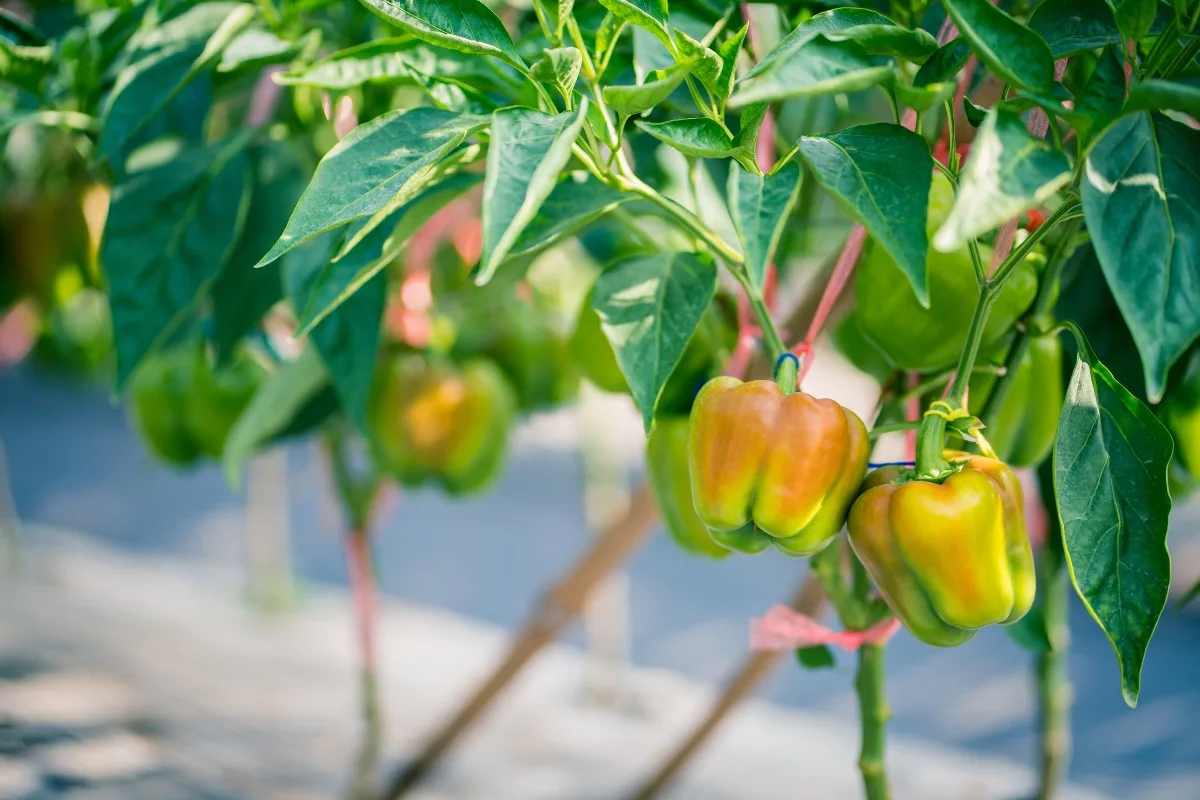
When harvesting peppers, use a pair of sharp scissors or pruning shears to cut the stem, leaving about an inch attached to the fruit. Avoid pulling or twisting the pepper off the plant, as this can cause damage to the plant and reduce future yields. Consider wearing gloves when handling hot peppers, as the capsaicin oils can cause skin irritation or discomfort.
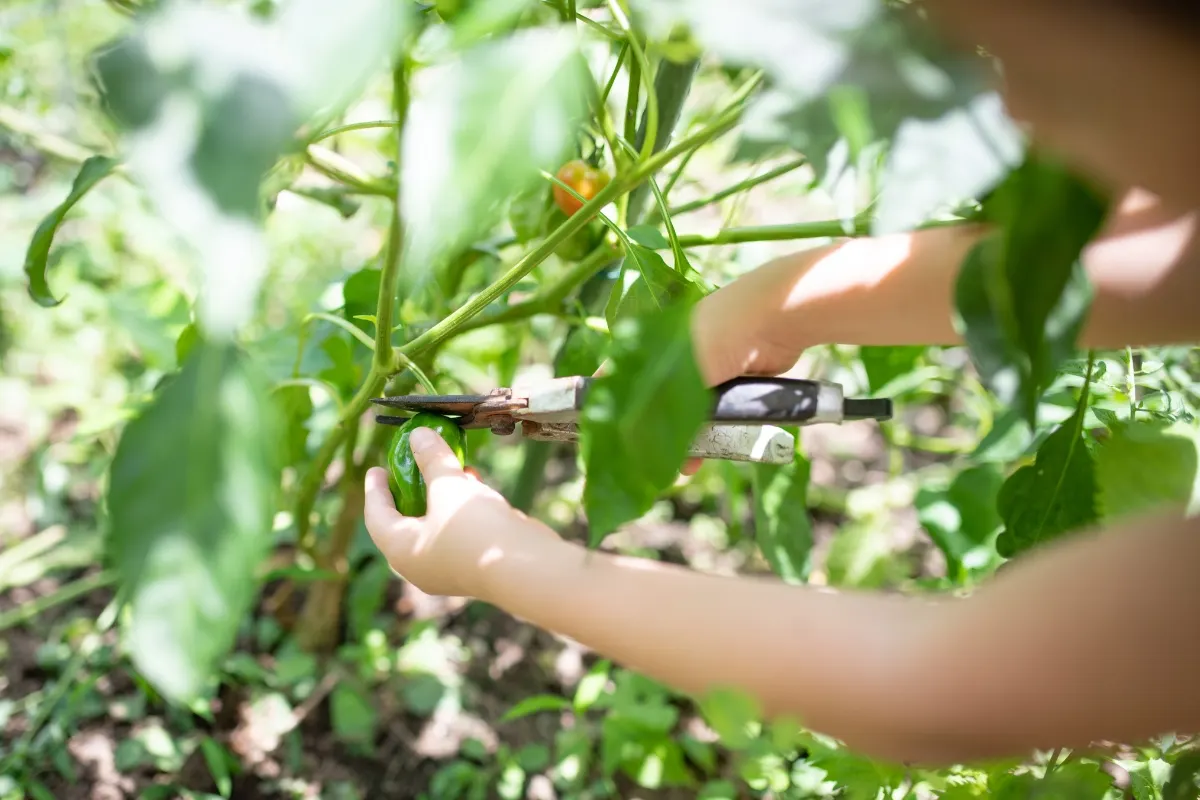
To get the most out of your pepper harvest, pick the fruits regularly. This not only allows you to enjoy a steady supply of fresh peppers but also encourages the plants to continue producing more fruit throughout the season. If you notice any peppers that are overripe or have signs of damage, remove them from the plant to maintain its health and vigor.
Growing peppers from seed can add zest to your garden and flavor to your kitchen. With patience and care, you can transform tiny seeds into a bountiful harvest of colorful and versatile peppers. Which variety are you growing this year? I'd love to hear about your experience in the comments below!
Check out these other vegetables you can grow from seed!

